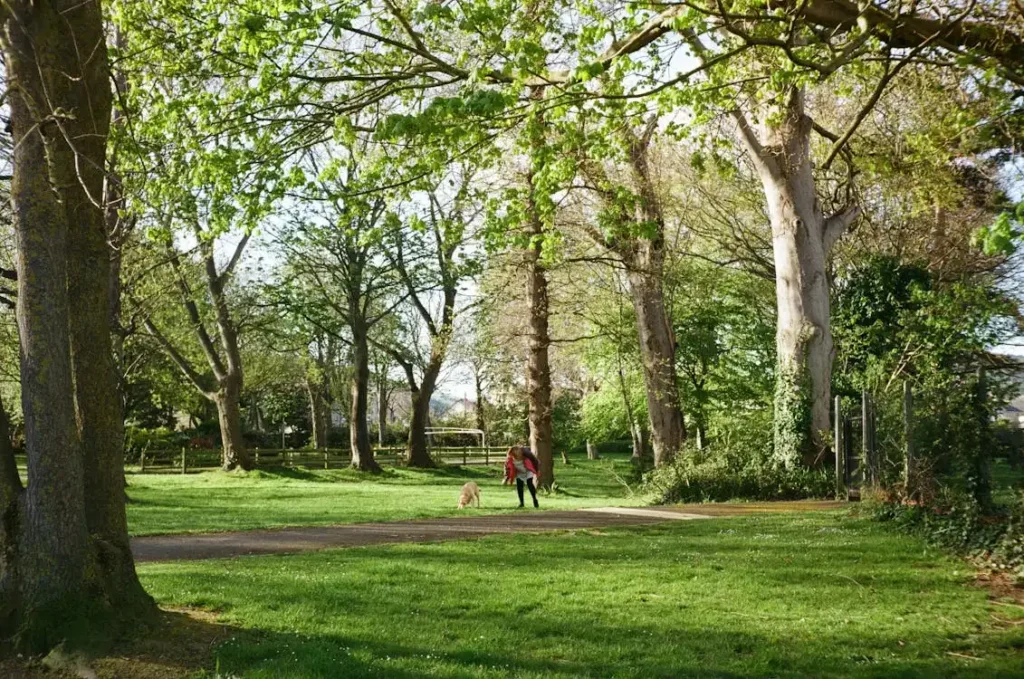Sharing your life with a canine companion brings immense joy. However, unwanted behaviors like excessive barking, chewing, or separation anxiety can test your patience and create frustration. Don’t despair! This guide will help you decode your dog’s behavior and equip you with strategies to address common behavior problems effectively.

Understanding the Root Cause
The first step to resolving dog behavior problem is understanding the underlying cause. Here are some common reasons behind problematic behavior:
- Lack of Training or Exercise: Dogs with insufficient training or limited physical activity can become bored and develop unwanted behaviors to expend their energy.
- Anxiety or Fear: Fear of loud noises, separation anxiety, or fear of strangers can manifest in behaviors like barking, destructive chewing, or hiding.
- Medical Conditions: Certain medical conditions, like pain or urinary tract infections, can also trigger behavioral changes in dogs.
- Attention Seeking: Sometimes, even seemingly negative behaviors like barking or jumping are simply your dog’s way of seeking attention.

5 Common Dog Behavior Problems and Solutions
Here’s a look at some common dog behavior problems and strategies to address them:
- Barking: Excessive barking can be caused by boredom, anxiety, territoriality, or excitement. Identify the trigger and address it accordingly. Training your dog a “quiet” command and providing them with enough exercise and mental stimulation can help.
- Chewing: Chewing is a natural canine behavior, especially for puppies. Provide appropriate chew toys and redirect your dog’s chewing to these outlets. Ensure they have sufficient exercise to prevent boredom-induced chewing.
- Jumping Up: Jumping up can be a way for your dog to greet you or show affection. Train your dog a “sit” command and reward them for greeting you calmly with all four paws on the ground.
- Separation Anxiety: Dogs suffering from separation anxiety struggle when left alone. Desensitization training, providing them with stimulating toys when you leave, and crate training can all help manage this issue.
- Digging: Digging can be a natural instinct for some breeds, a way to relieve boredom, or a response to stress. Provide your dog with designated digging areas and offer them plenty of exercise and mental stimulation to keep them occupied.

Seeking Professional Help
If you’ve tried addressing a behavior problem on your own and haven’t seen improvement, consider seeking professional help from a certified animal behaviorist. They can assess your dog’s individual needs, develop a personalized training plan, and guide you through the process of modifying unwanted dog behaviors.

Building a Happy and Well-Behaved Canine Companion
By understanding your dog behavior, addressing the root cause of problems, and employing positive reinforcement training techniques, you can effectively address unwanted behaviors and build a happy and well-behaved canine companion. Remember, patience, consistency, and positive reinforcement are key to achieving success.


